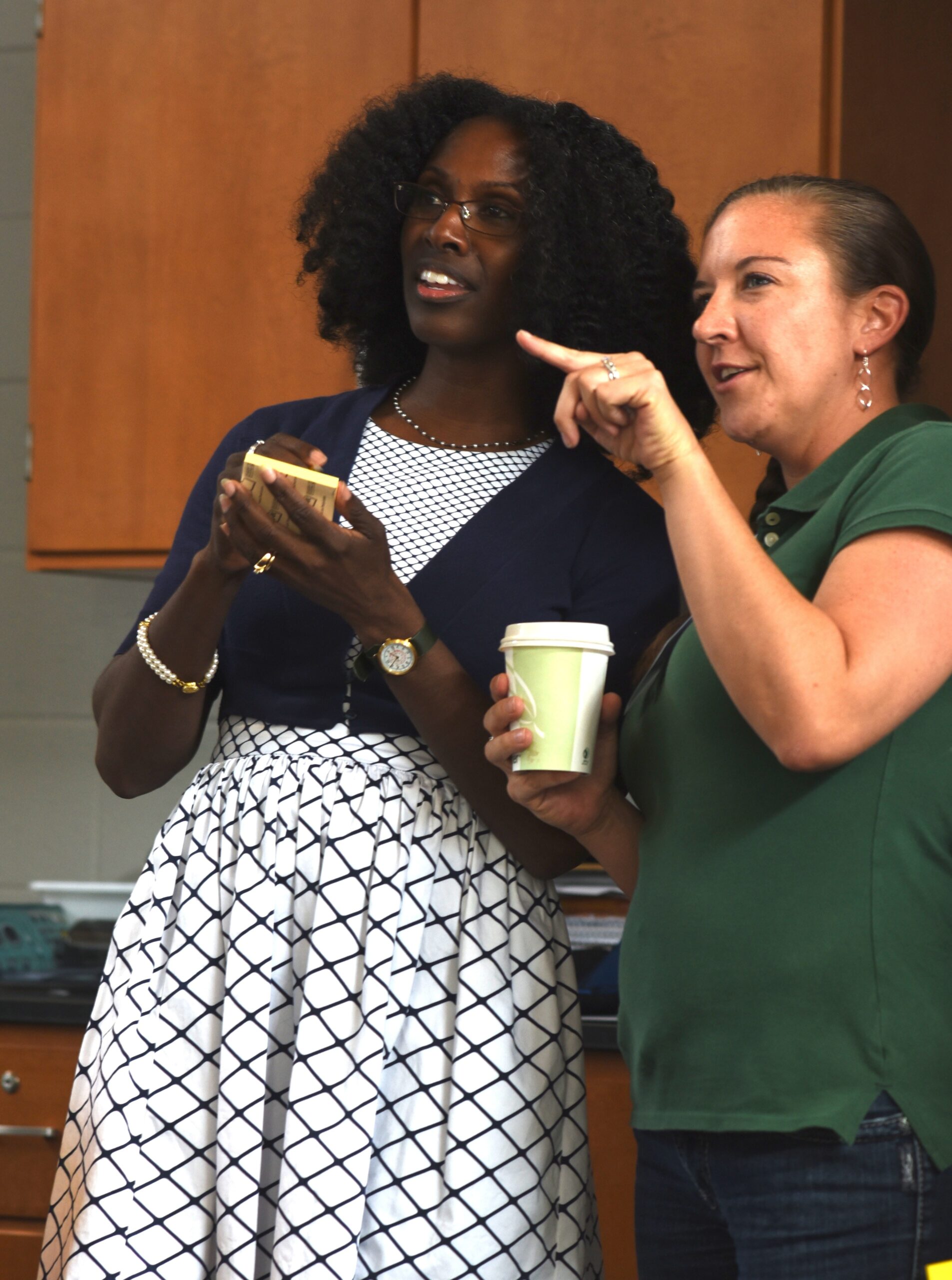
Welcome
The Teaching Academy offers Johns Hopkins Affiliates - Graduate students, Post-doctoral Fellows, Faculty and Staff - from all divisions across Johns Hopkins University, instructional training and academic professional development through courses, workshops, teaching practicums, teaching-as-research fellowships, and individual coaching and consultation. We are committed to developing and sharing evidence-based teaching practices and instructional approaches that engage students, support improved learning outcomes, and foster inclusive, equitable classrooms.
Upcoming Training
Our Mission
The Teaching Academy's programs and services aim to introduce evidence-based inclusive teaching practices, provide opportunities for mentored teaching & educational research, create a supportive community and, enhance participants' competitive advantage in their current or future faculty appointments. The Teaching Academy programming aligns with the mission and learning outcomes of the core concepts of the Center for Integration of Research, Teaching, and Learning (CIRTL): Evidence-based Teaching, Learning through Diversity, and Learning Communities.
Learn More
Join us!
All JHU affiliates are welcome to take part in any of the Teaching Academy at any time. Whether you are a new Teaching Assistant or a veteran instructor, the Teaching Academy offers consultation services, teaching observations, and regular training workshops to support and enhance your instructional abilities. If you are considering a career in academia, consider committing more fully to your professional development and teaching preparation by participating in our signature, multi-phase Certificate of Completion program, designed to demonstrate to future employers your training and dedication to innovative teaching and best instructional practices.
Signature Program
